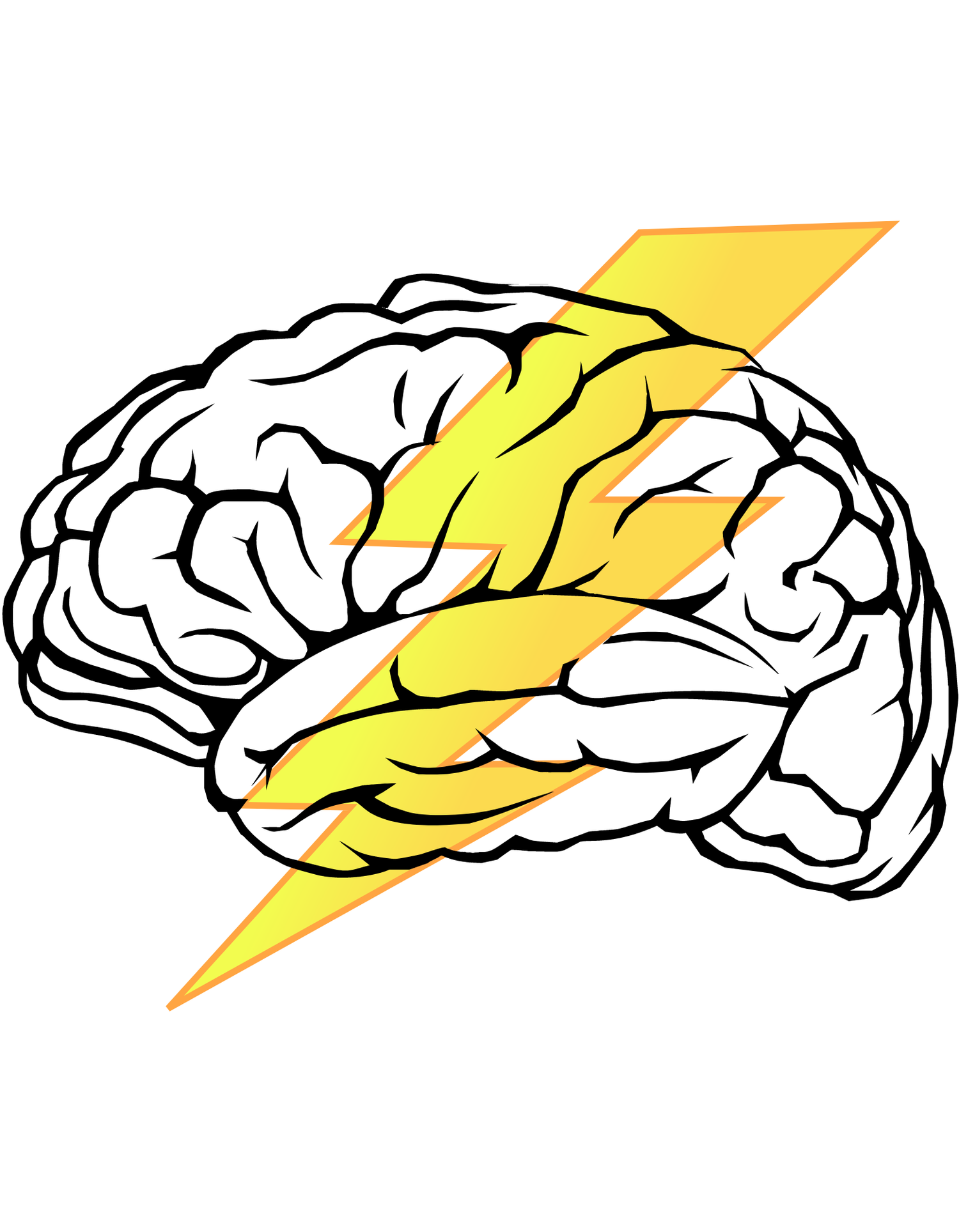It’s all in your head
Boy, what a subject line to make you think I'm gaslighting you, right?
Well, to be fair, pain does originate in the brain. But what is pain? And why do you feel it?
Shout out to our brain for being the home base for the nervous system. The nervous system does a fantastic job keeping us safe. In the past, it gave us the good sense to avoid the saber-tooth tiger. It prompted us to seek shelter when we got so hot we began to sweat and feel uncomfortable. And now, it rewards us with little drops of dopamine whenever we have a hard day and buy a Starbucks to reward ourselves. Wait, is that just me?
So, knowing that our nervous system is here first for preservation and second for performance, we need to improve its health to be able to live our best pain-free lives.
So what is pain?
This is a conversation that has sparked huge controversy among scientists and medical professionals. In short, pain is a signal from your brain that says, “Don’t use this part of your body! It’s been attacked! If you try to use it, I will send this very uncomfortable sensation to you, and you won't want to use it anymore.”
A really simple analogy I use with my clients is to think about a bruise. No matter how the bruise got there, it's a result of some damage to the tissues. Once that physical damage occurs, it sends a signal to the nervous system that says, “Help! I’ve been attacked!!” and the nervous system says, “Okay, what we're going to do is make it so you receive this very uncomfortable sensation every time you get touched, which is going to make it so you won't get touched in that area and you can heal faster.” That's why it hurts when you touch a bruise. It's a reaction from the brain saying, “Hey, don’t touch that! It’s undergoing reconstruction.”
You know what's kind of messed up, though? That the physical injury has its own timetable of healing, but very often, and I mean very often, the timetable of healing for your nervous system is much longer.
Let's say, for example, you got that bruise. It might take a week for it to go from dark purple to light green and then be gone after that. But even though the physical evidence of the bruise is gone, the skin is still going to be pretty tender to the touch. The tissues themselves are fine. The muscles, the skin, the veins, that's all fine. Physically, all systems are go.
It's the nervous system with its foot on the brake.
The brain remembers that you were recently injured and that caused physical damage. So from now on, you're going to get just a little bit of pain as a reward for touching the area where the bruise used to be. Even weeks or months after the bruise disappeared!
This is where reprogramming the nervous system through frequency-specific therapies makes the most difference.
Of course, we can use those frequencies to heal the specific tissues that were damaged during the bruising. But we can also retune the parts of the brain that are responding to that pain signal using frequencies. In fact, in virtually every orthopedic pain protocol, they start out the same, dealing with the emotional and mental tension of the injury. This gets the body in a more stable state for healing, and then the physical work of fixing those tissues can begin.
By using a device like the iCare, we're able to tune into the specific parts of the brain that send pain out to the rest of the body. In most cases, we can get the nervous system to reprogram itself in just a couple of sessions. The more chronic the pain, the longer it might take to do that reprogramming. But it's always possible. In fact, it's guaranteed if you can continue to use these specific therapies often enough.
There is no reason to be in chronic pain. There's no reason to treat that chronic pain with medications or surgery. Trust the beautifully designed healing processes that exist within your own DNA. Let me help you use technology to tune into those processes using something as familiar as an app on your phone.
Your body has everything it needs to get you back into the best shape possible and beyond.

